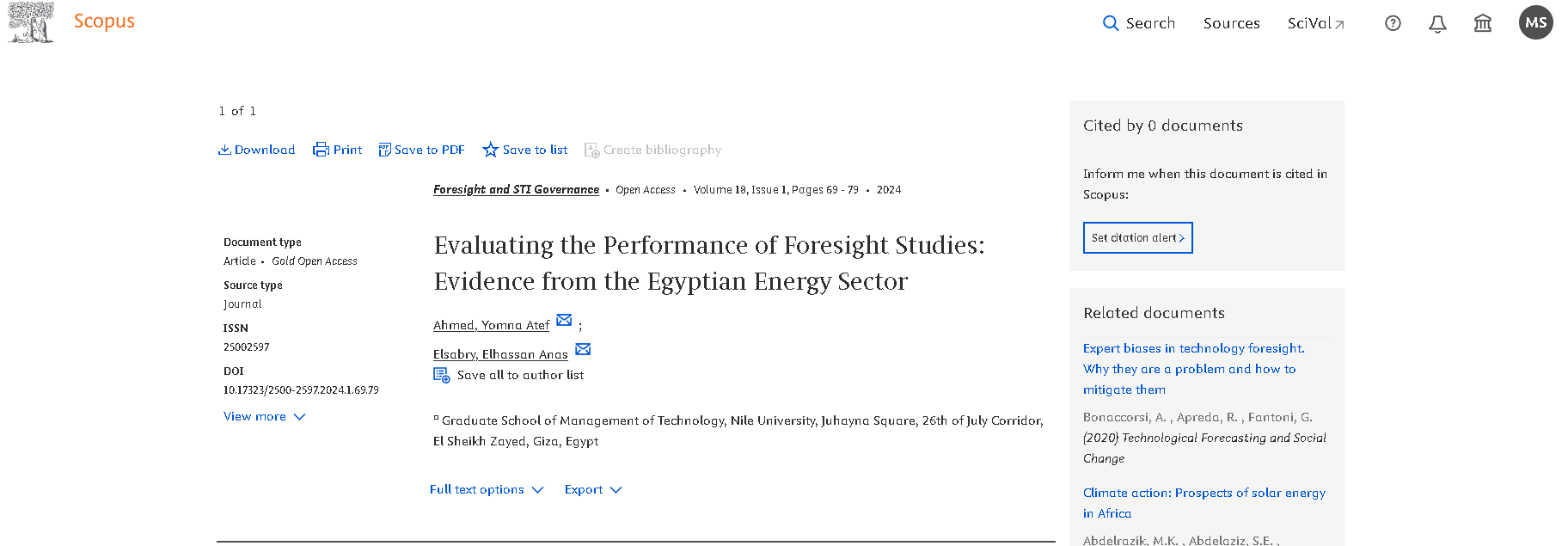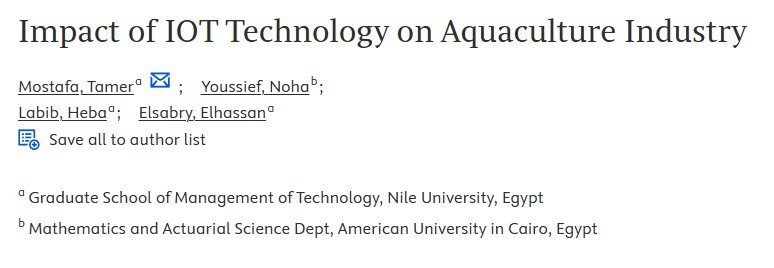
Improvement of structural efficiency in metals by the control of topological arrangements in ultrafine and coarse grains
Improvement of structural efficiency in various materials is critically important for sustainable society development and the efficient use of natural resources. Recently, a lot of attention in science and engineering has been attracted to heterogeneous-structure materials because of high structural efficiency. However, strategies for the efficient design of heterogenous structures are still in their infancy therefore demanding extensive exploration. In this work, two-dimensional finite-element models for pure nickel with bimodal distributions of grain sizes having ‘harmonic’ and ‘random’ spatial topological arrangements of coarse and ultrafine-grain areas are developed. The bimodal random-structure material shows heterogeneities in stress–strain distributions at all scale levels developing immediately upon loading, which leads to developing concentrations of strain and premature global plastic instability. The bimodal harmonic-structure material demonstrates strength and ductility significantly exceeding those in the bimodal random-structure as well as expectations from a rule of mixtures. The strain hardening rates also significantly exceed those in homogeneous materials while being primarily controlled by coarse-grain phase at the early, by ultrafine-grain at the later and by their compatible straining at the intermediate stages of loading. The study emphasises the importance of topological ultrafine-/coarse-grain distributions, and the continuity of the ultrafine-grain skeleton in particular. © 2021, The Author(s).



